by Eric Niderost
If Peleliu was one of the bloodiest campaigns of the Pacific Theater, it was also one of the least known until recently. There are many reasons for this. The Peleliu invasion took place in the fall of 1944, when the war grew in such intensity that stories competed for newspaper space. In Europe, eyes were riveted on Operation Market-Garden, the abortive Allied airborne offensive into Holland. Allied armies were sweeping to the very borders of the Third Reich, and there was talk the war in Europe would be over by Christmas.
In the Pacific the main focus was on MacArthur’s imminent return to the Philippines. It was natural to want to erase the bitter memories of earlier defeats and liberate the Filipino people from the Japanese yoke. There were also thousands of American POWs and civilian internees there, slowly dying in captivity. This was a major operation because there were 270,000 Japanese troops in the Philippines, and the capture of the islands would be a major stepping-stone to the Home Islands of Japan.
But the very immensity of the Philippine operation meant that, once started, it tended to dominate Pacific news. When epic struggles like the Battle of Leyte Gulf unfolded, little Peleliu seemed a sideshow. Only six reporters landed with the 1st Marine Division, in part because General Rupertus assured them that the island would fall in four to five days. Why waste ink on a secondary, even insignificant, action?
A Textbook Target
Over time, the invasion of Peleliu itself was called into question. In textbook terms, the Palau Island chain, which includes Peleliu, would be on MacArthur’s eastern flank and had to be neutralized. There were 30,000 troops stationed in the Palau chain, most of them tough, first-line fighters. The Peleliu and Angaur airfields were also deemed very dangerous to American plans because Japanese fighters and bombers might launch attacks from them.
The Palaus were closest to Mindanao, the southernmost Philippine island and original target for American invasion. That, too, made the taking of Peleliu a vital and necessary task. But conditions change, and war cannot be fought with the predictability of a West Point classroom exercise.
Admiral William F. “Bull” Halsey, commander of the Western Pacific Task Force, was assigned to conduct supporting operations before the Philippine invasion. Halsey went to work at once, scheduling air raids on Peleliu and Mindanao. The admiral was surprised to learn that Japanese air defenses were weak on both islands. American raids had inflicted heavy damage against little opposition.
To Invade or to Seal Off?
Halsey began to rethink things in light of new realities. Maybe the Peleliu and Angaur airfields were not such a threat, after all. Why spend American lives when Peleliu might simply be isolated and skipped over? Halsey felt so strongly about the matter he ordered his chief of staff, Rear Admiral R.B. Carney, to go to Admiral Nimitz with an urgent message to halt the Peleliu invasion.
Nimitz was the commander in chief of the Pacific Fleet and commander in chief, Pacific Ocean Area (CINCPAC), and as such he had the power to abort the operation. In the meantime, there had been a change of plan. Leyte, not Mindanao, was going to be the site of the first American landings.
Admiral Nimitz disagreed with Halsey and adamantly refused to stop the Peleliu invasion. Initially, all Nimitz said was that the invasion forces were already at sea and it was too late to call off the operation—a lame excuse. As a result, the 1st Marine Division was virtually destroyed and the 1st Marine Division and the 81st Infantry Division would suffer over 9,500 casualties.
To this day, Nimitz and his decisions are endlessly debated. No one questions that Admiral Nimitz was a fine naval commander, far from being uncaring with the lives of his men. He certainly did not have the ego or flamboyance of a man like General MacArthur. A more colorful, egotistical officer might have stuck with an idea against all logic because of an all-too-human pride. But Nimitz never really explained his rationale, and his subsequent biographers have uncovered little to explain his actions.
There was some suggestion that the Palau chain’s Japanese troops might in essence be ferried over to the Philippines and reinforce that hard-pressed garrison. Halsey was of the opinion that the Palaus, Peleliu included, could have been sealed off by air and sea. Carrier-based air strikes combined with surface ships and even submarines could have prevented any Palau troops from getting to the Philippines. Few if any Japanese troop transports, or any Japanese ships for the matter, could have survived a 700-mile gauntlet.
Were there any positive aspects to the ill-conceived, bloody mess at Peleliu? It certainly proved the fighting qualities of the average Marine and soldier, though at an obscenely high cost.
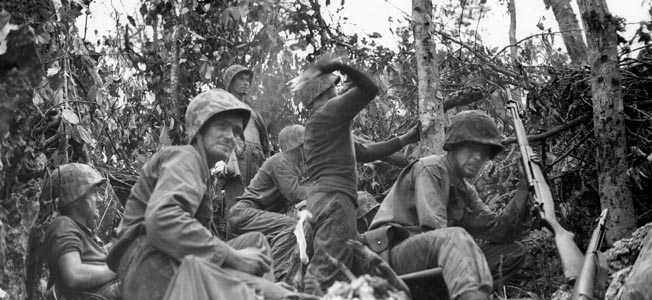
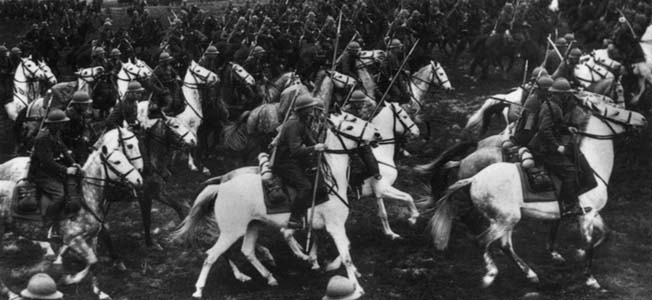
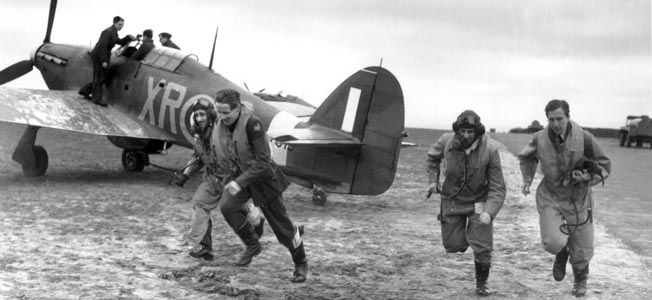
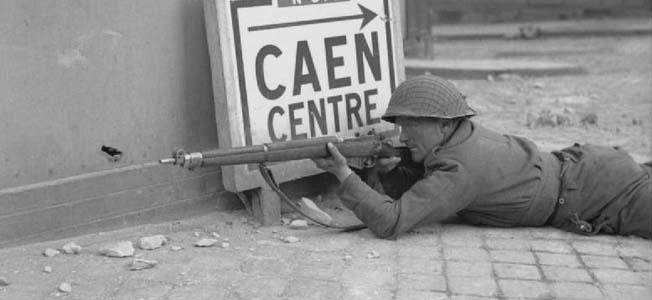
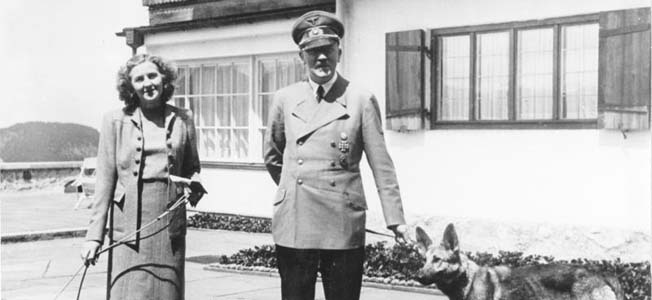
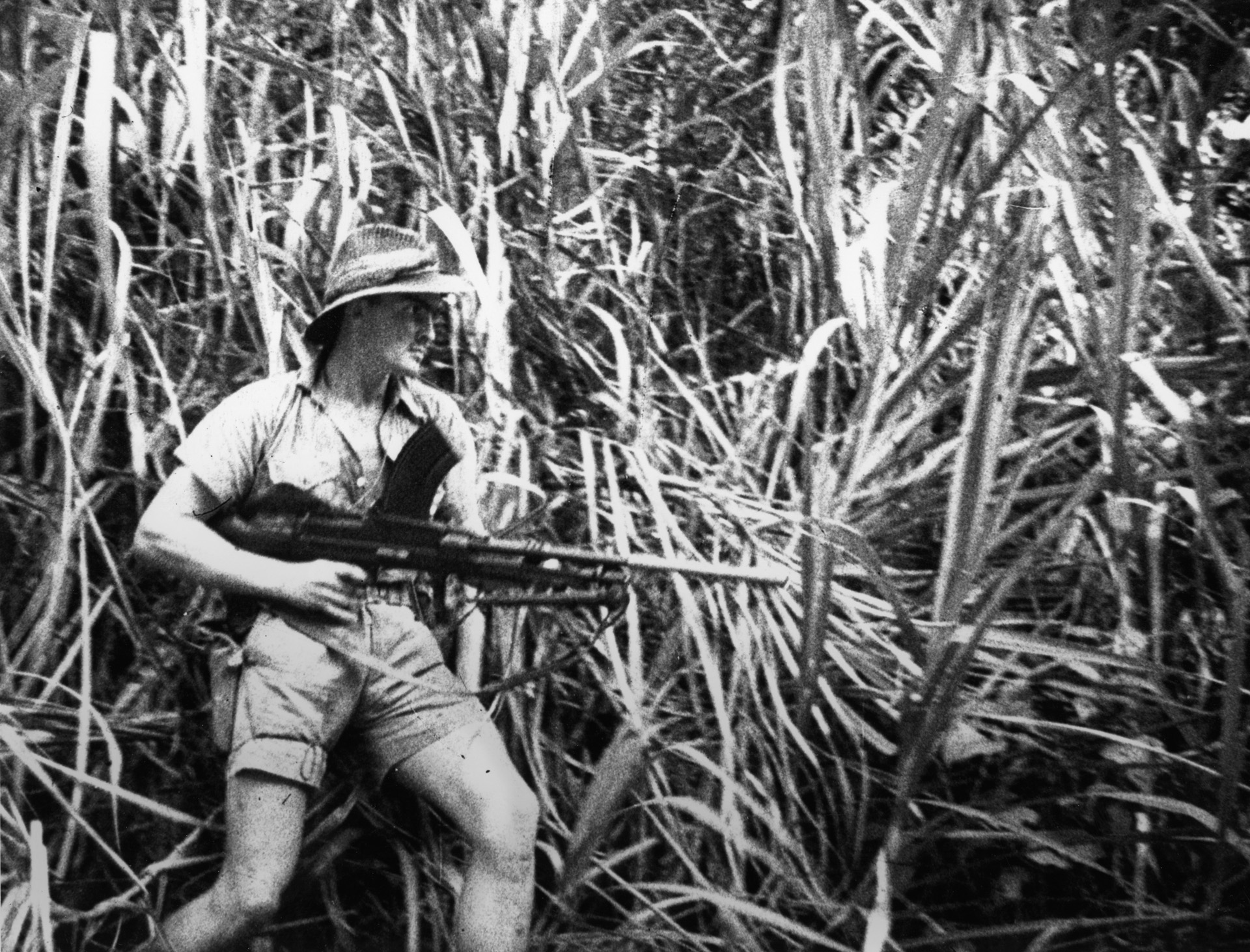
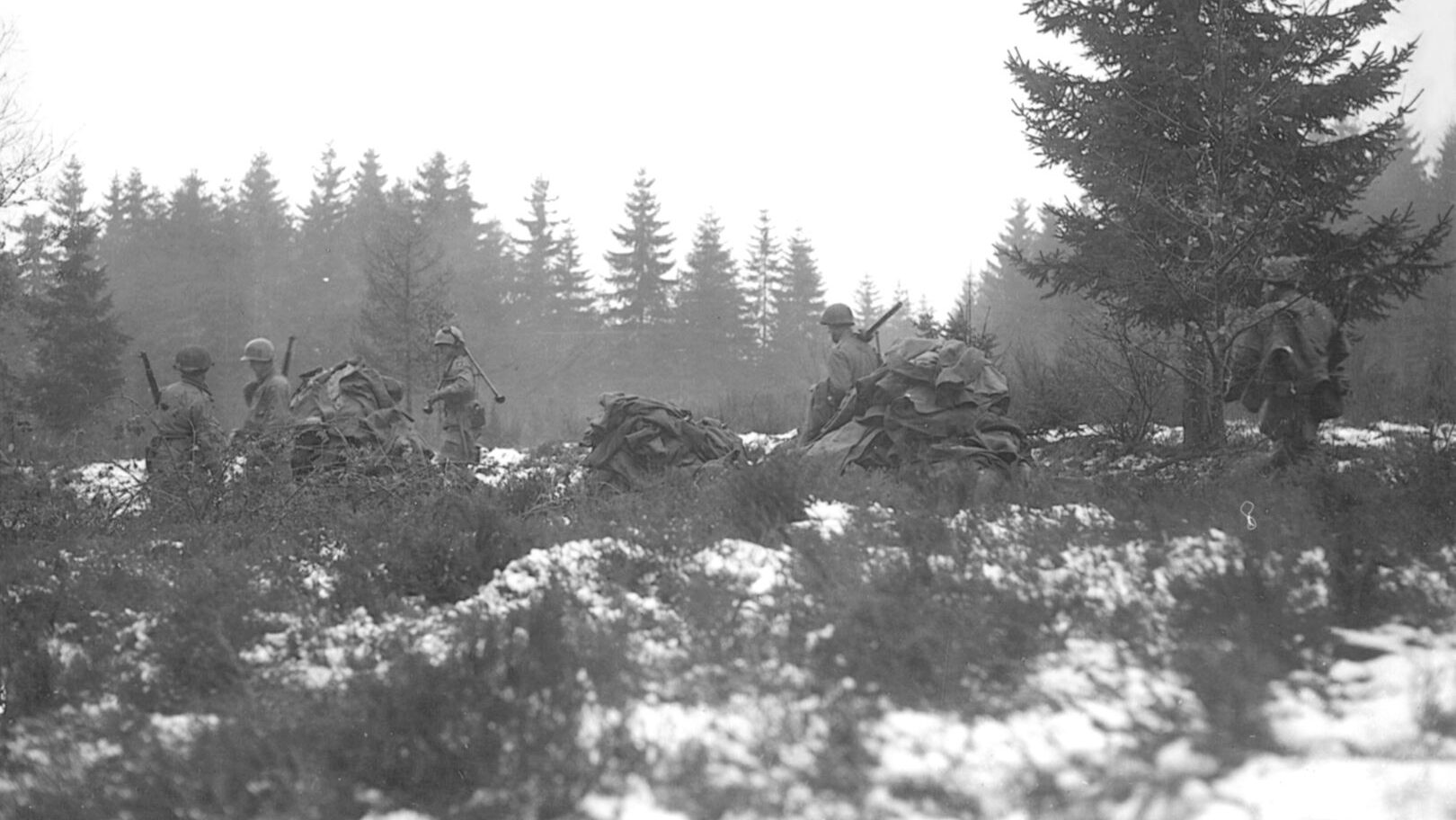
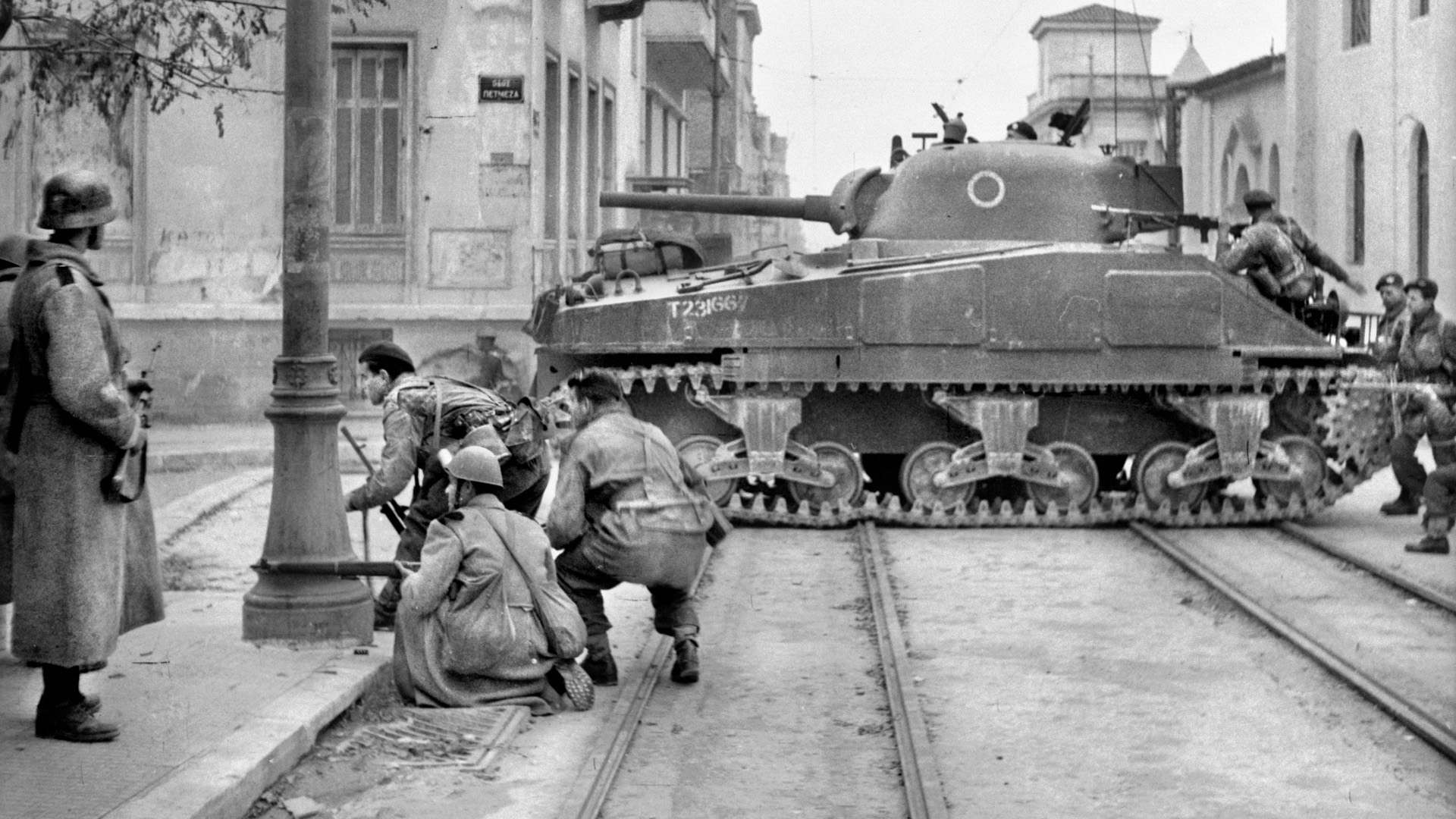
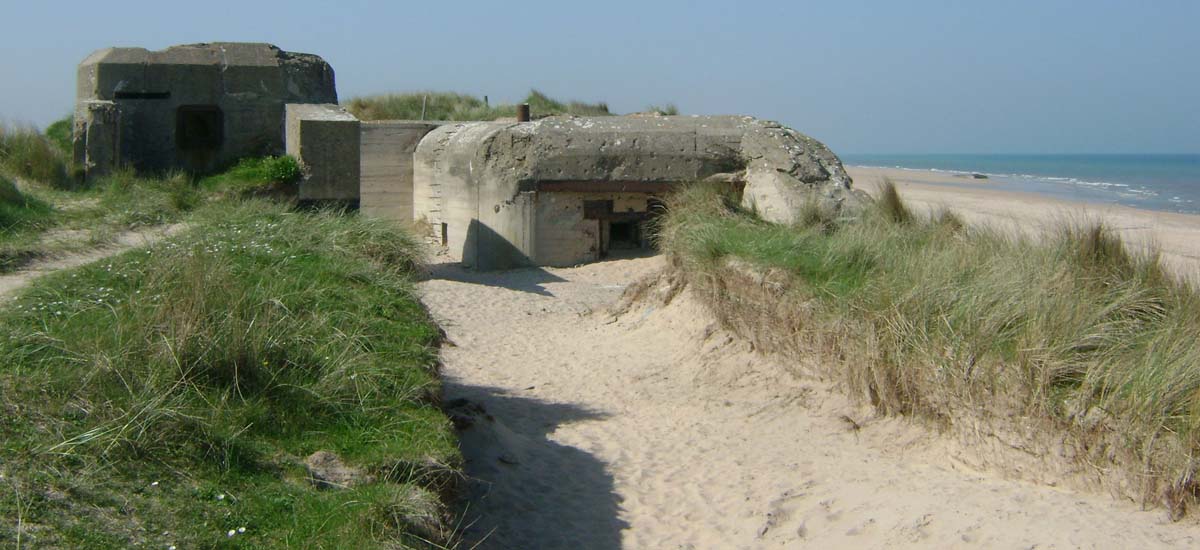
Sounds like Admiral Halsey identified a situation where Peleliu could have been bypassed like Yap island (where my father flew an F6F Hellcat) saving thousands of Americans casualties, the horror of fighting, and the grief of their families. The endless wars the US fights today are ones that should not only be bypassed but ended.
Fully agree with you David, sadly the USA has been at war almost continuously since 1941 almost all of that effort and death has been to fill a few pockets with the proceeds of corruption.
Mr. Dupla, your comment insults and desecrates the memory of servicemen lost in battle. You should be ashamed of such comments but I fear you have no shame. Just a political agenda. My uncle, a Petty Officer 3rd class was MIA for over 50 years when his PBY Flying Boat was found with his remains and those of seven others. My cousin, a member of the Ninth Infantry Division was killed during the Tet Offensive in April 1968. You cheapen 400,000 losses in WWII alone with such insight. Yoj might be surprised to know that during WWI, WWII, Korea and Vietnam the White House was occupied by Democrats. Semper Fi to my brothers in the 1st Marine Division.
Mr. Osborne,
Until I read your post I never realized that Eisenhower, Nixon & Ford were Democrats. Someone much more wise than I once stated….. ” Never let emotions replace facts”…
Mr. Osborne,
Your response to Mr. Edwards seems a bit callous. I tend to agree with Mr. Dupla, to whom Mr. Edwards was responding, but I would have reserved my comment, given the losses Mr. Edwards’ family experienced in war. Technically you are correct about the GOP presidents you list, although it’s an extreme technicality to pin anything concerning Vietnam on Gerald Ford, who assumed the presidency after the war was officially over. Regarding the other two, Eisenhower came to power during the middle of the Korean War which Democrat Harry Truman initiated without a formal declaration from Congress (spare me the UN angle; no better than George W’s excuse for going to war with Iraq); Nixon took office after more than 5 years of another undeclared war waged by Democrat Lyndon Johnson. No one is claiming that Republicans are clean when it comes to wartime shenanigans; however, it is a historical, unemotional fact that Dems were in the White House during the start of hostilities for the major, multi-year American wars of the 20th Century: WW1, WW2, Korea, Vietnam.
I am very impressed by your calm, methodical process, I also did not care for Mr. Dumba’s comments. It trivializes the death of many young men.
Informative article and I’m particularly impressed with the previous comments.
From a strictly strategic viewpoint, many military historians also argue that Tarawa could have been bypassed as it were too far away from any supporting facilities to be reinforced and offensive abilities were almost nonexistent. Naturally, all this from the benefit of hindsight.